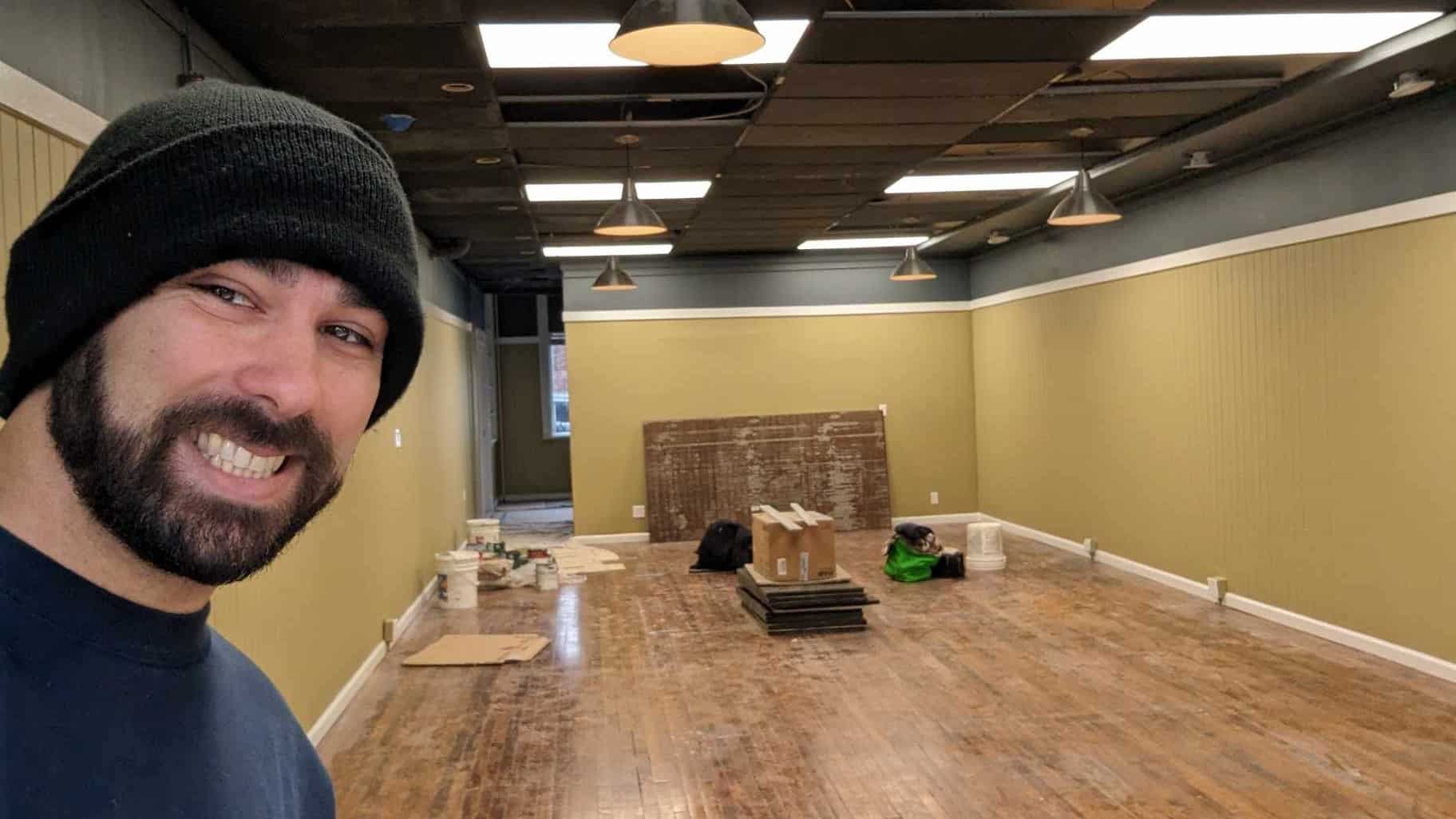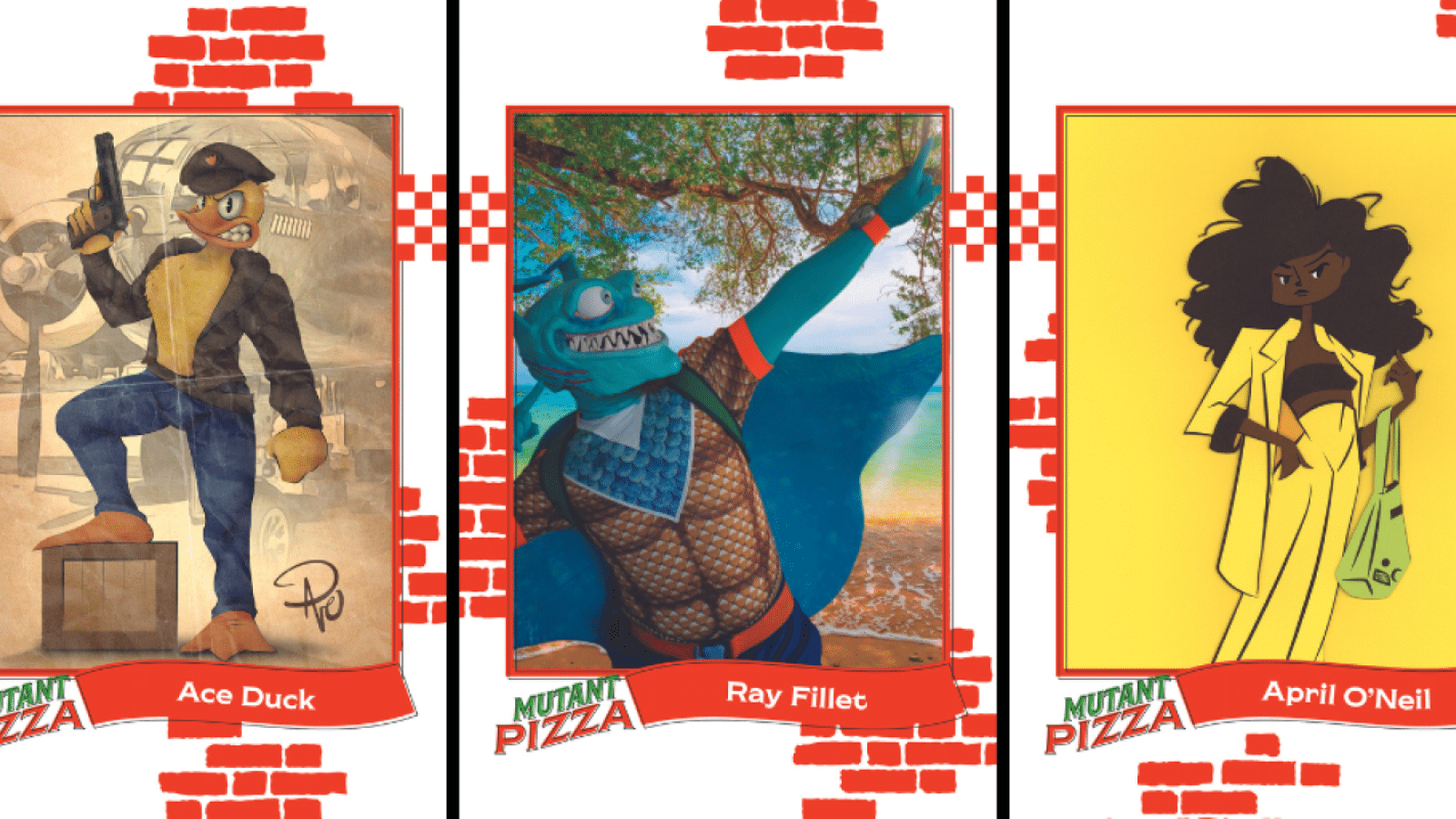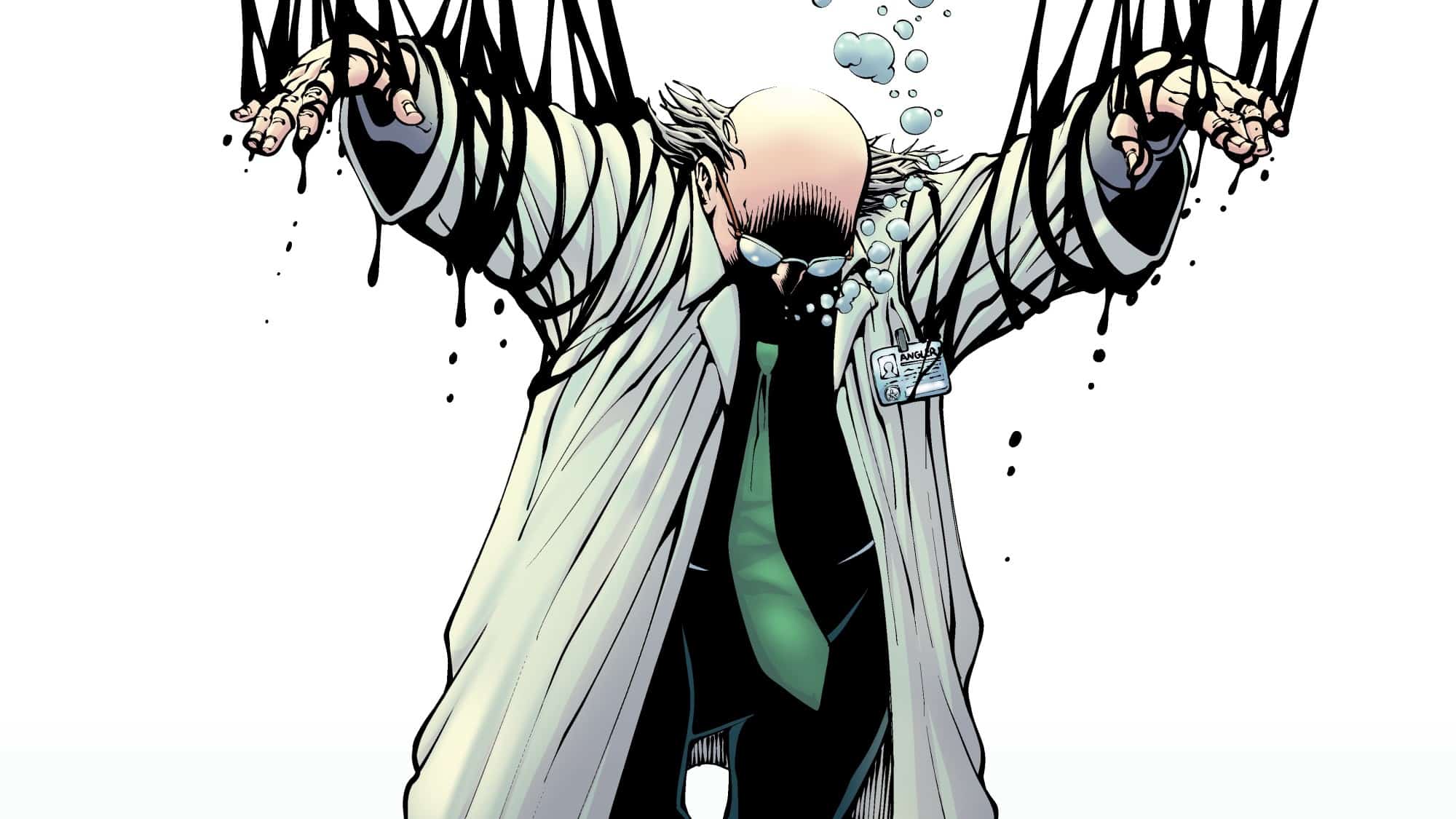Up-and-coming indie comics creators and start-up publishers need to answer a lot of questions. How much money do I need to publish my comic? How can I work with comic shops to market the comics? How do I select a printer?
Entertainment contracts attorney Gamal Hennessy seeks to answer those questions in The Business of Independent Comic Book Publishing, a B2B guide for the next Robert Kirkman, Eastman & Laird or Raina Telgemeier out there, brimming with ideas but maybe not expert in how to protect their assets.
Hennessy’s book – currently being funded on Kickstarter – breaks down the business side of comics, from intellectual property management to production to distribution to sales and advertising to marketing. Joining him for the ride are editor Mike Marts from AfterShock Comics and Heavy Metal Executive Editor Joe Illidge, who writes the foreword.
Xavier Files Editor Dan Grote chatted with Hennessy about the book, current industry trends and what people get wrong about his job.

Dan: What’s your background in comics? What were you reading before you were advocating for comics as an attorney in the industry?
Gamal: My background in comics started decades before I got to law school. I was reading comics throughout my law school career (probably more than I should have read during that period). It was my interest in the medium that prompted a colleague to recommend me for my first job out of law school. That’s how I became the general counsel of an anime and manga company called Central Park Media. From there I went on to work as the international publishing manager at Marvel and then to start my own firm, Creative Contract Consulting.
Dan: The news release announcing the Kickstarter starts off by mentioning the success of indie titles like Teenage Mutant Ninja Turtles, Spawn and The Walking Dead. Obviously, those are best-case scenarios. For creators just starting to make their way in the industry, as they’re looking to this book for guidance, what should their expectations be in terms of success?
Gamal: The first thing a creator needs to consider is how they want to define success in their comic book career. Robert Kirkman, Jim Lee, Raina Telgemeier and Alex Ross are all considered successful in comics, but they took different paths to reach different goals. It’s often easier to achieve a goal if you know what the goal is in the first place.
The second idea to wrap your head around is that most start-up businesses (and publishing independent comics is a start-up business) fail within the first 10 years, no matter what industry you look at. The end of a business can happen for any number of reasons, and some of them are outside of your control. But understanding the challenges and potential pitfalls within any industry increases your chances of success. A comic book creator who understands both the business and creative aspects of the industry can go much farther than the artist with no business foundation or support.
Dan: This year has seen a lot of disruptions in the industry, not just because of COVID-19, but in the way certain publishers are experimenting with distribution and rethinking what they publish digitally vs. in traditional floppies vs. as graphic novels, with an ever-increasing emphasis on the bookstore market. What should someone looking to break into the comics industry in 2020 take away from all this in terms of getting their own work out there?
Gamal: Getting your book into the world means understanding the various distribution and production options available for comics. The key to picking the right distribution channel involves understanding where your potential readers shop and what they like to buy. This means you need to take a long look at your book and the people who might like to read it.
For example, it might not make sense to fight your way into a direct market shop with an ongoing series of single issues if your target market is tween girls. Traditionally, they don’t patronize comic shops and their preferred format is graphic novels. If those are the people you want to reach, then you need to be in bookstores or libraries in an OGN format.
The basic idea is that every story needs to have a separate business analysis. Publishing independent comics is not a one-size-fits-all process.
Dan: It looks like there’s a major financial literacy component to this book. Do you find that’s a skill lacking in certain parts of the industry?
Gamal: I don’t know if financial literacy is lacking among the creative community in comics, but I do think there is a lack of financial planning among some independent publishers. That might be because many creators are not taught the financial realities of comics and most creators get into comics out of a love for the medium, not because they’re trying to get rich.
What I try to do is explain the basic financial concepts that relate to comics, so that people can make more informed decisions about the money that goes into and comes out of their book.
Dan: You’re using Kickstarter to fund the printing of this book, a common route for many indie creators and even some of the bigger names in comics (Scott Snyder also has a Kickstarter out now for a project). Have we passed the event horizon where Kickstarter and crowdfunding campaigns are pretty much a necessity for creators looking to publish independently?
Gamal: I don’t know if running a Kickstarter is a necessity. Creators can go into digital distribution (and hopefully go back into convention distribution soon) or take advantage of POD to reduce printing costs. They can also find other sources of investment to get their story to their readers. Crowdfunding is a growing avenue for comics, even major publishers are using it as a marketing and distribution tool, but not every comic book project can, or should, have a Kickstarter.
Dan: You mention on the Kickstarter page you’d originally planned to roll out your book at New York Comic Con. How else has COVID-19 forced you to retool your promotion plans?
Gamal: The pandemic really only impacted the climax of my marketing efforts, not the overall process.
I started promoting the idea of the book two years ago on Twitter, in various Facebook groups and through my newsletter. I invited prominent figures in the industry who were friends of mine to get involved in the project. All that built-up leverage that I planned to use at NYCC, but when the pandemic hit, we decided to use the resources we had, just in a different way. The overall results probably worked out better with the Kickstarter, because I doubt that I would have been able to make a profit trying to print, ship and sell 250 copies of a 450-page book on the show floor of the Javits Center.

Dan: As a newspaper editor by trade, I always cringe a bit when I see a newspaper in a comic that has a six-column headline for a story that would never merit it, or a mugshot blown up to half the page. As a lawyer, what’s the No. 1 thing people making comics get wrong about your profession?
Gamal: People in general (not just comic creators) often tend to over-generalize lawyers. They know you don’t go to a podiatrist to get open heart surgery or talk to a physics professor if you want to learn about international politics. But a lot of people still think that any lawyer can negotiate your contracts, write your will, get you out of jail and sue your podiatrist for giving you open heart surgery all at the same time.
It doesn’t really work like that. While there are some generalists, most lawyers are specialists in one or more areas of law. So if a comic book creator needs legal help with their publishing, it doesn’t make sense to just pick a relative who went to law school or a random attorney from Google. Comics is a unique industry. Comic book law is a specialization designed to navigate those waters. If you want the best chance for your book to succeed, you need to find the lawyers who know the industry best.
Back The Business of Independent Comic Book Publishing on Kickstarter.
Dan Grote is the editor-in-chief of ComicsXF, having won the site by ritual combat. By day, he’s a newspaper editor, and by night, he’s … also an editor. He co-hosts WMQ&A: The ComicsXF Interview Podcast with Matt Lazorwitz. He lives in New Jersey with his wife, two kids and two miniature dachshunds, and his third, fictional son, Peter Winston Wisdom.






